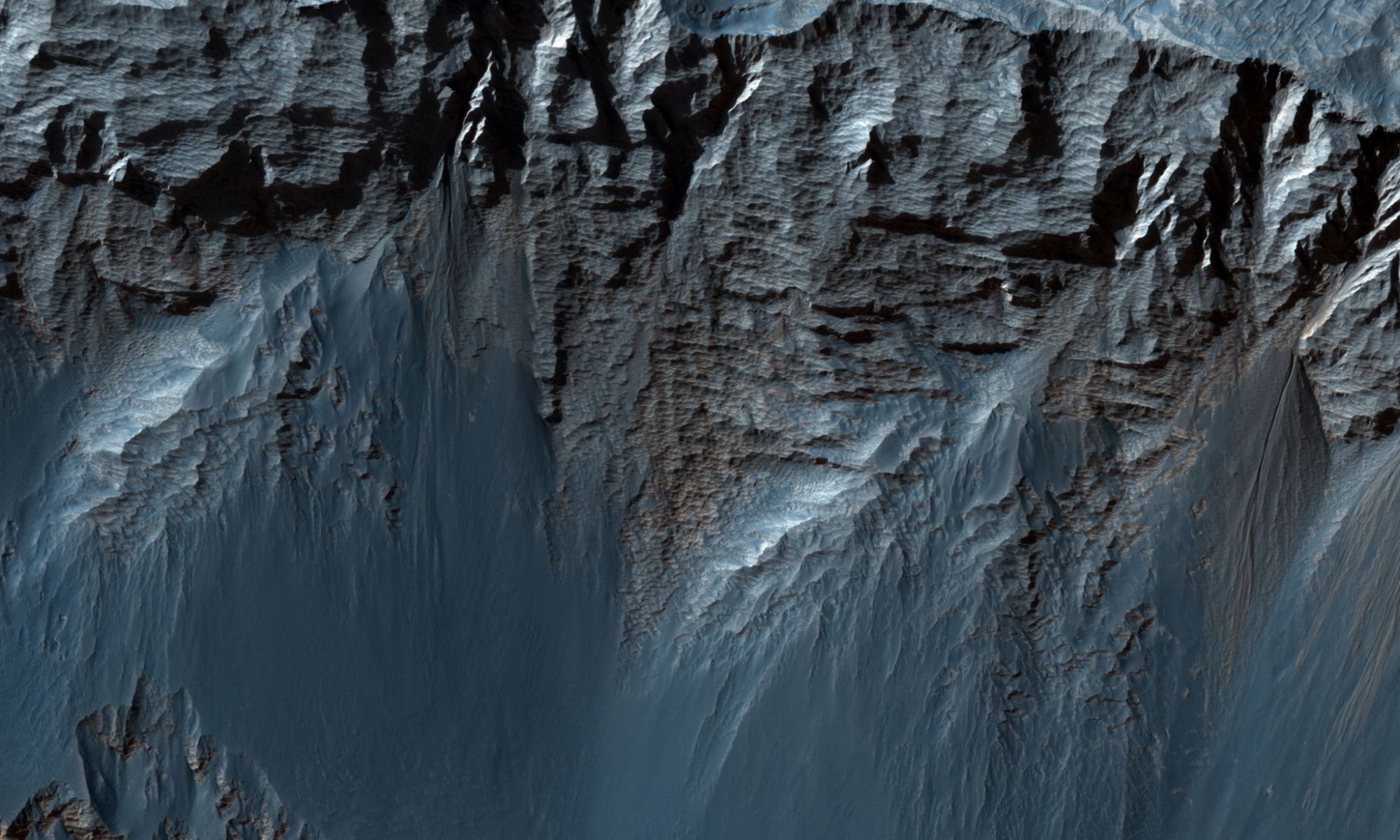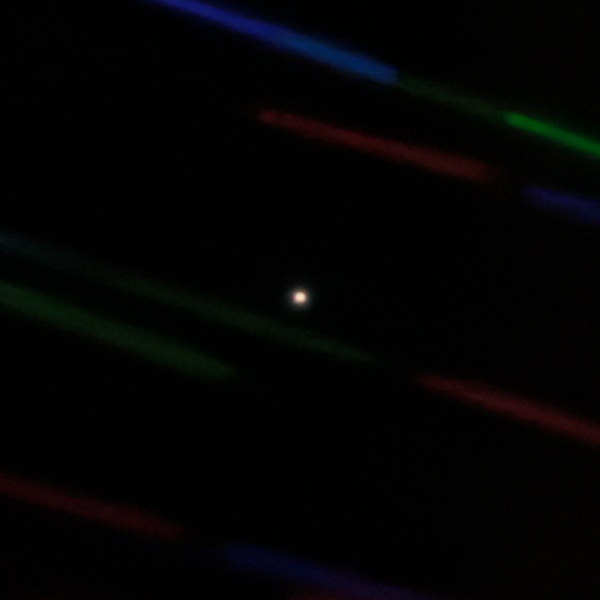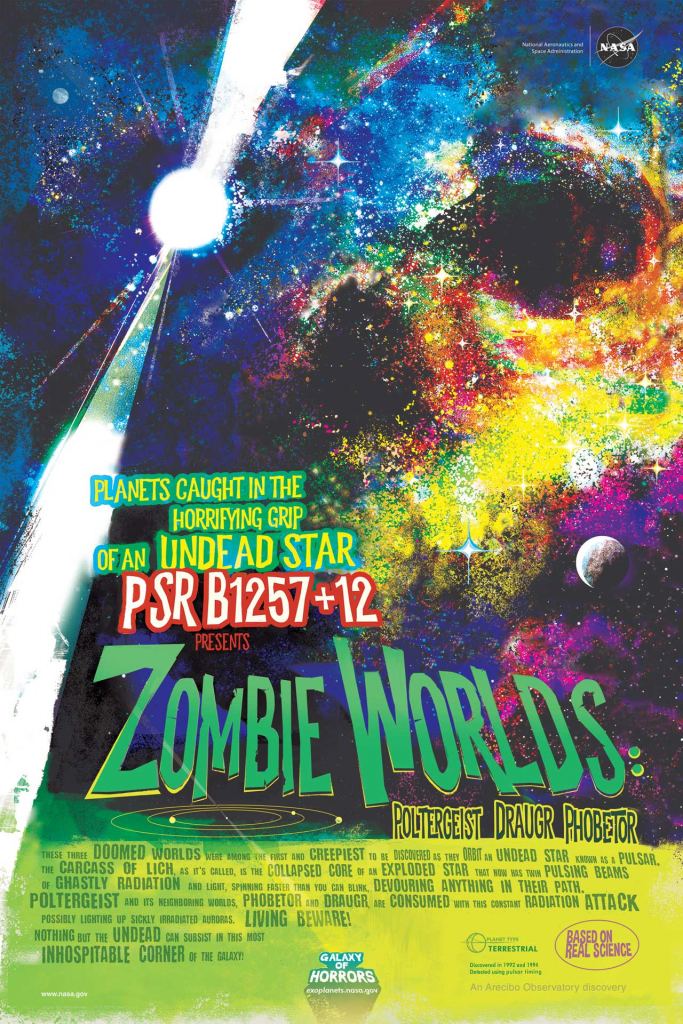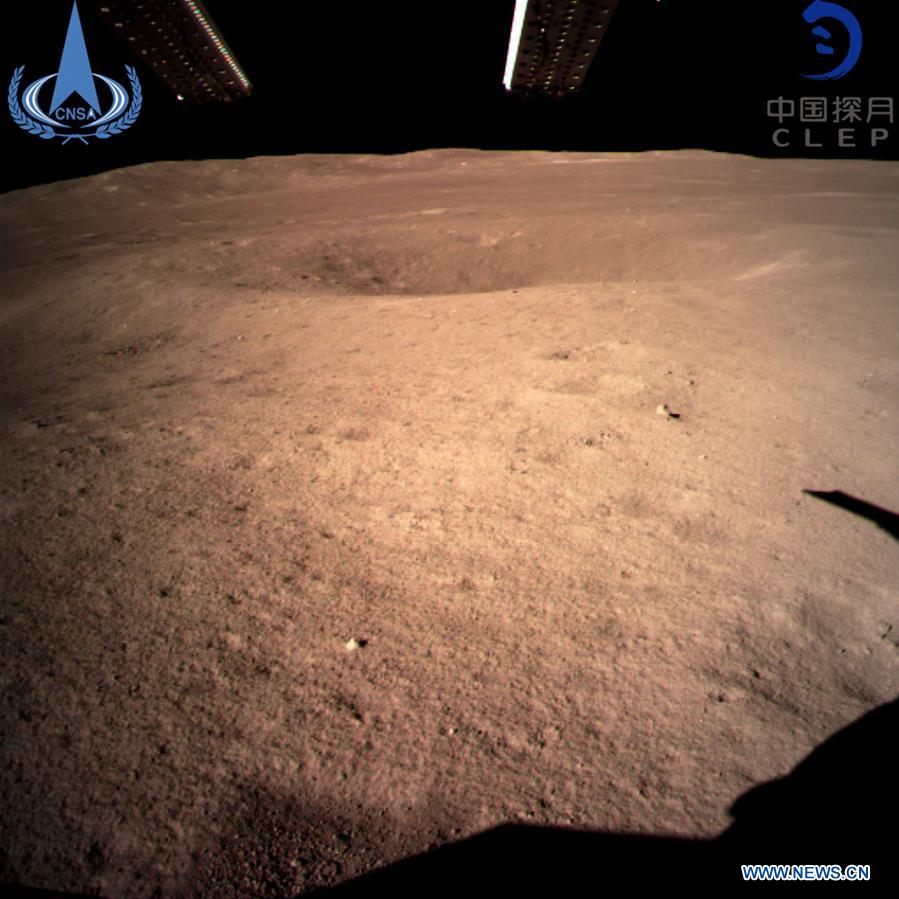The Sun, as it turns out, is a pretty big deal. The thermonuclear behemoth at the center of the solar system makes up well over 99% of all the mass in the solar system. Despite being the most well-studied star in the universe, there are still many mysteries about its works.
One of the Sun’s mysteries is the nature of sunquakes, massive ripples traveling thousands of kilometers across the sun’s surface. Occasionally, when a solar flare erupts, so-called seismic transients can be seen rippling through the solar surface over the next hour. The energy source driving these ripples was thought to be either the transient heating of the solar atmosphere during the flare event or by the powerful flexing of magnetic flux applied directly to the photosphere(the sun’s visible surface) itself, also originating in the flare event above. Using data from the Solar Dynamics Observatory (SDO), scientists have published a paper in the Astrophysical Journal of Letters that, for the first time, describes submerged sources of transient acoustic emission (sunquakes). The source of these mysterious waves seems to be, as it turns out, a thousand kilometers deep below, in the churning, seething hot interior of the star.
Continue reading “The Mystery of Sunquakes is Deep; One Million Meters Deep!”






